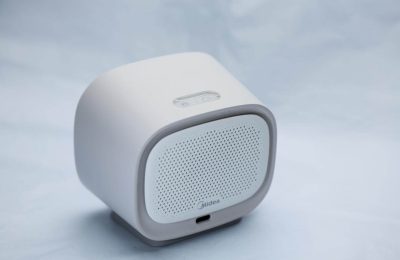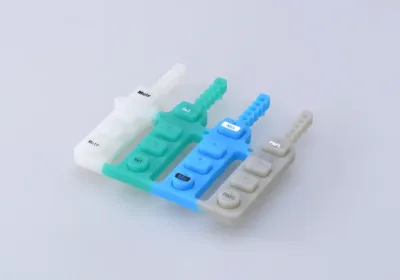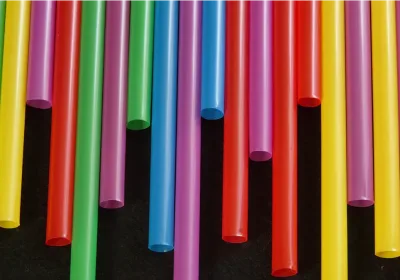Looking to restore your brass to its original shine quickly and effectively? This guide will show you how to polish brass metal using common household items and simple techniques. Get ready to make your brass shine again.
Key Takeaways
Identify whether your brass item is solid or plated before cleaning to choose the right method.
Effective cleaning methods include natural solutions like lemon juice and baking soda, toothpaste, and even ketchup, each with specific techniques for application and rinsing.
Regular maintenance is key; high-use brass items should be cleaned monthly, while decorative pieces can be cleaned annually.
Determine if Your Brass is Real or Plated
Prior to cleaning, determine whether your brass piece is made of solid brass or if it is simply coated with a thin layer of brass. Identifying this correctly influences the cleaning technique you’ll need to use. To discern between the two, you can conduct a simple test using a magnet: if it attaches itself to the item in question, then it’s likely that what you have is not solid brass but rather metal covered by a layer of electroplated brass which may have worn down over time and could affect how you clean it.
Should the result from employing a magnet be ambiguous, try scratching an inconspicuous part of the item instead. If scratching reveals yellow underneath, your piece is likely pure brass. Uncovering silver suggests presence of another type of metal beneath—information crucial for selecting an appropriate method for tidying up your object.
Understanding whether your article consists mainly of true brass shapes decisions on how gently one should proceed during cleansing operations. Items adorned only with plated surfaces demand more cautious handling so as not to strip away their delicate metallic coating.
By contrast, pieces composed entirely out of robust and enduring material like real untreated slabs allow for intensive purification processes without fear. Correctly recognizing what sort of make-up characterizes any particular ornament plays an instrumental role ahead of beginning care routines.
Cleaning Brass with Lemon Juice and Baking Soda
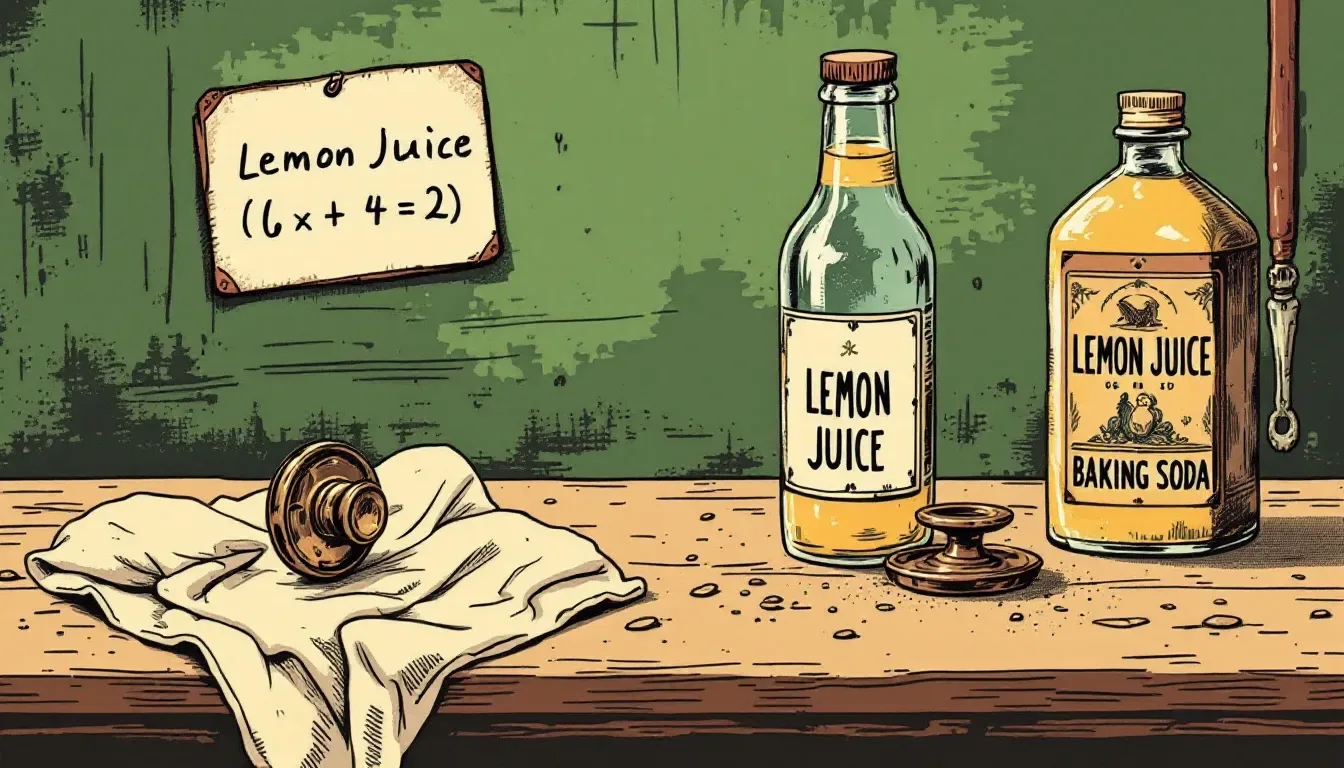
Using a combination of baking soda and lemon juice is an efficient, natural method for cleaning brass. The acidity from the lemon juice dissolves the tarnish on the brass, and the mild abrasive quality of baking soda helps to scrub off this tarnish, bringing back its luster.
This technique works particularly well on items that are not lacquered because it allows for better penetration into the surface of the brass.
Mix Ingredients
To create the cleaning paste, mix together two parts baking soda and one part lemon juice in a bowl until it forms a thick paste.
Use this paste as your main resource when dealing with surfaces made of brass that have become tarnished.
Apply Paste
Use a soft cloth to rub the paste onto the brass item with circular movements, which will improve the cleaning process.
After coating the entire surface of the brass object with paste, leave it for approximately ten minutes. This gives time for the components in the paste to act on any tarnish present.
Rinse and Dry
Rinse the brass item with warm water to remove the cleaning solution after the paste has worked. Dry it thoroughly with a clean cloth to prevent water spots and maintain shine.
This final step ensures that your brass piece looks polished and new.
Polishing Brass with Toothpaste

Using plain white toothpaste can serve as an efficient technique for shining up brass due to its mild abrasive qualities, which are adept at removing grime and tarnish, resulting in a gleaming brass finish.
This approach proves especially useful when dealing with smaller pieces of brass or items that feature complex designs.
Apply Toothpaste
Apply a slim coating of toothpaste uniformly over the piece of brass and allow it to rest for several minutes to improve the cleaning process.
Buff and Polish
Using a soft cloth, polish the brass with circular movements to eliminate any tarnish. Pay special attention to areas where there is heavier accumulation for the best outcome.
Once you’ve finished buffing, carefully clean the surface using a microfiber cloth to ensure all remnants of toothpaste are removed.
Rinse and Dry
Rinse the brass item with cool water to remove residue, then dry thoroughly with a cotton cloth for a shiny finish.
This final step ensures your brass piece is clean and brass polished.
Using Ketchup to Clean Brass
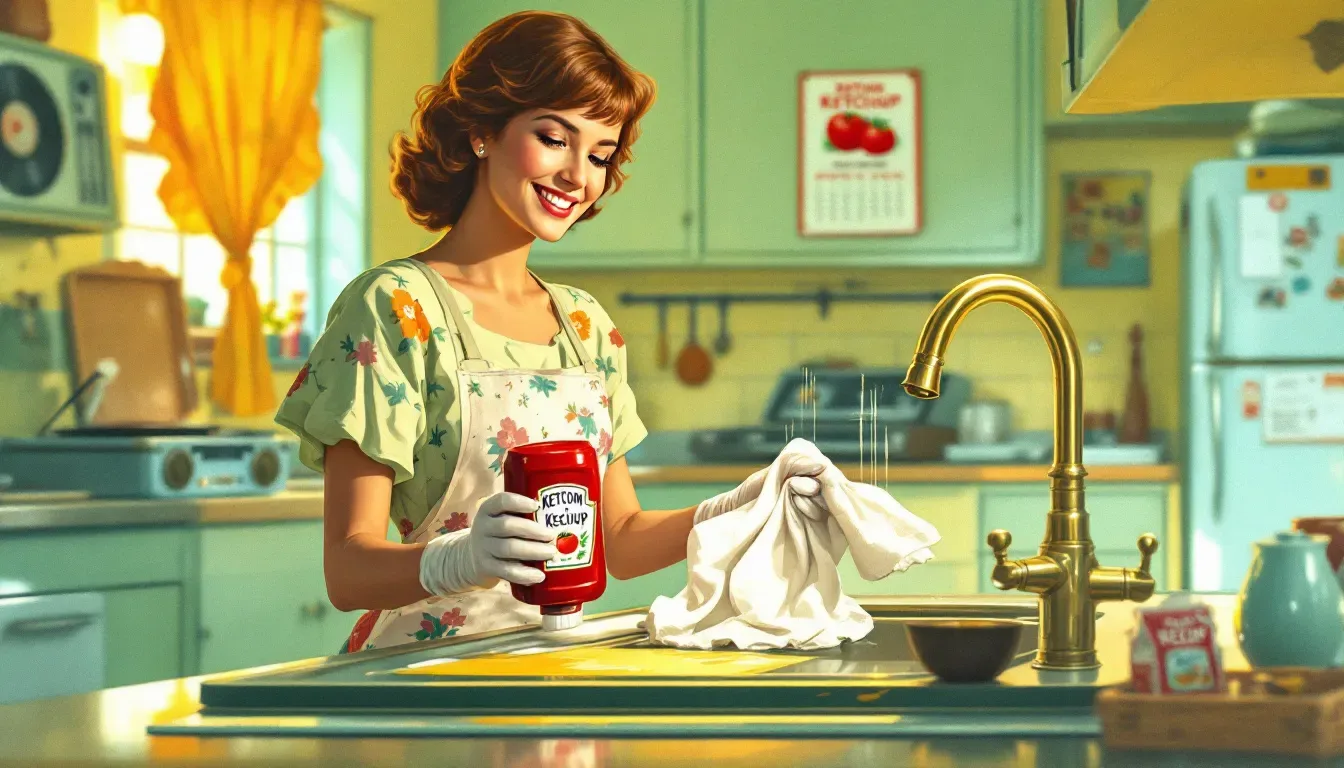
The acidic properties of tomatoes found in ketchup make it an unexpected but efficient means for removing tarnish and cleaning brass.
To begin the process, all that is required is some ketchup and several fresh cloths.
Test First
Before using ketchup to clean the entire brass surface, first conduct a spot test on a concealed section of the brass to ensure there are no damaging effects.
By doing this precautionary measure, you can confirm that it’s safe to use the cleaning method on the whole piece without causing any harm.
Apply Ketchup
Apply ketchup uniformly across the surface of the brass and allow it to remain briefly. Remove it using a cloth that is slightly moistened.
Afterward, meticulously rinse the brass and use a clean cloth to dry it in order to prevent any water marks from forming.
Wipe and Rinse
Wipe the item clean with a damp cloth after using ketchup, then rinse the brass item with soapy water to remove all cleaning agents.
Dry the brass thoroughly with a clean microfiber cloth to avoid water spots.
Cleaning Brass with Flour, Salt, and Vinegar

Using a combination of flour, salt, and vinegar can be an efficient natural approach for eradicating tarnish on brass items. This method helps in not only getting rid of persistent tarnish but also in bringing back the lustrous shine to brass surfaces.
Make the Paste
Begin by combining 1 teaspoon of salt with 1/2 cup of vinegar. Stir the mixture thoroughly until all the salt has dissolved.
Next, incorporate flour into this mix to create a paste consistency.
Apply and Wait
Spread the paste onto the brass and leave it for approximately ten minutes to combat the tarnish.
Allowing this interval improves the cleaning power of the paste.
Rinse and Dry
Use warm water to wash off the paste from the brass item, and afterward thoroughly dry it using a clean cloth to prevent any water marks.
Soap and Water Method
Often, the simplest techniques are the most effective. For instance, combining dish soap with warm water can effectively clean tarnished brass when your cleaning supplies are limited.
Prepare Soapy Water
In a bowl, mix warm water with several drops of liquid dish soap. Submerge the brass item for a brief period to help release any accumulated dirt or tarnish.
Soak and Scrub
Gently scrub the brass gently with a microfiber cloth or clean toothbrush. This method preserves the brass’s patina, making it ideal for items needing gentle care.
Rinse and Dry
Ensure that any cleaning substances are completely removed from the brass item by rinsing it with warm water. To avoid leaving behind any water marks, gently dry the brass piece using a clean microfiber cloth.
By carrying out this last action, you will help bring back the luster and preserve the aesthetic appeal of your brass.
Commercial Brass Cleaners
Brass cleaning can be both rapid and efficient when using commercial brass cleaners such as Bar Keeper’s Friend and WD-40, typically delivering results in under five minutes.
Follow Instructions
Follow the manufacturer’s guidelines for the best results. These instructions typically include specific steps for preparation and application, ensuring an effective clean without damaging the brass.
Wash Before Polishing
Wash brass with mild soap and water before polishing to remove residues that could cause scratching.
Avoid Touching
Handle polished brass carefully to prevent tarnishing from fingerprints, moisture, and environmental factors. A protective coating can help maintain its shine.
Protective Coating for Brass
A coating designed to protect brass helps in preserving its lustrous, polished look while preventing tarnishing, thereby prolonging the lifespan and radiance of your possessions.
Choose a Clear Coating
When selecting a clear coating, consider options with UV blockers to prevent oxidation. Products like Everbrite or ProtectaClear are designed specifically for brass and won’t yellow over time.
Maintaining the clear coating is crucial for preserving the shine and longevity of your brass items.
Apply Evenly
For the best outcome, ensure that you apply a thin and uniform layer of coating to the brass item. Allow it to fully dry before touching or handling the brass object.
Allow to Dry
To guarantee optimal adherence and finishing, it is essential that the coating on the brass item be allowed to dry thoroughly. For superior results, refrain from touching the brass object until it has completely dried.
How Often to Clean Brass

To maintain the luster of brass and prevent tarnishing, it is necessary to clean brass items regularly. How often you should do this depends on how much they are used and exposed to various environmental elements.
High-Use Items
High-use brass items require monthly cleaning to maintain shine and prevent tarnish.
Careful handling of polished brass and using brass polishes can also help minimize tarnish and clean tarnished brass.
Decorative Pieces
Decorative brass items not regularly handled should be cleaned annually, with regular dusting to maintain appearance.
Cleaning these items once or twice a year, along with regular dusting, helps keep them shiny and beautiful.
Summary
To rephrase, there exists a multitude of successful techniques for cleaning and rejuvenating the shine of genuine or coated brass. Whether employing organic concoctions such as baking soda and lemon juice or resorting to less conventional methods like using toothpaste or ketchup, every approach comes with its own advantages. If you seek swift and effective results, commercial brass cleaners are at your disposal. To extend the duration of your brass’s radiance, consider applying a protective coating after cleaning it. Ensuring that your brass items receive regular cleanings appropriate to their use and exposure will keep them looking dazzlingly beautiful. With these strategies in hand, proceed confidently to restore the lustrous splendor of your brass pieces!
Frequently Asked Questions
How can I tell if my brass item is solid or plated?
To see if your brass item is solid or plated, try using a magnet—if it sticks, it’s probably plated.
You can also scratch a hidden spot; a yellow mark means solid brass, while a silver mark suggests otherwise.
What household items can I use to clean brass?
You can easily clean brass using household items like lemon juice combined with baking soda, toothpaste, ketchup, or a mixture of flour, salt, and vinegar.
Give it a try, and watch your brass shine!
How often should I clean my brass items?
You should clean high-use brass items monthly, but for decorative pieces, once or twice a year is usually enough.
Keeping that schedule will help maintain their shine and integrity!
Can I use commercial brass cleaners on lacquered brass?
Absolutely, you can use commercial brass cleaners, but just make sure to follow the manufacturer’s instructions and give the item a wash beforehand to protect the lacquer.
How do I apply a protective coating to brass?
To protect your brass, simply select a clear coating and apply it in a thin, even layer, allowing it to dry fully before touching it.
This will keep your brass looking great!
 LKprototype
LKprototype

